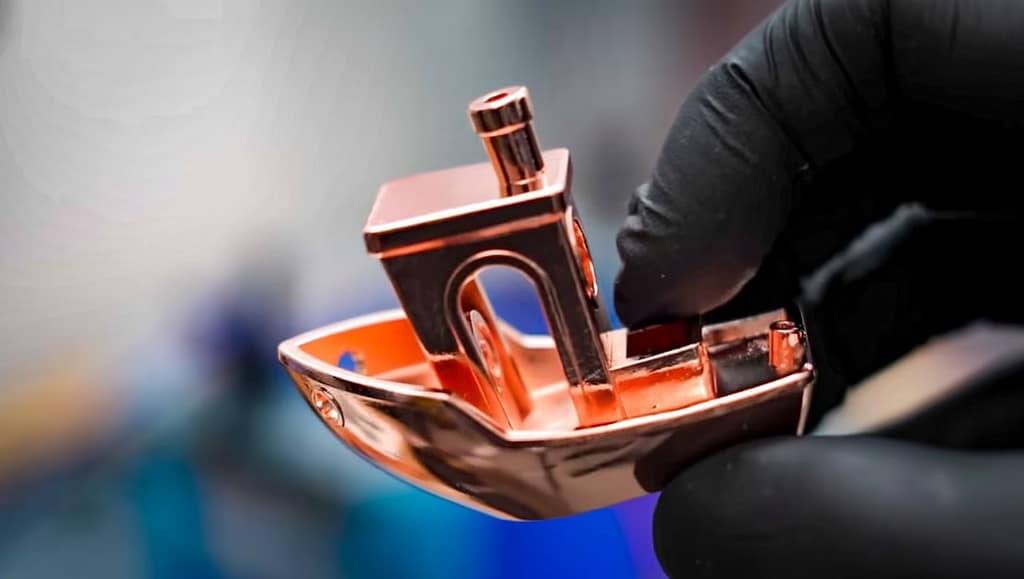In the world of الطلاء الكهربائي, the ability to enhance the appearance, strength, and conductivity of materials plays a crucial role in various industries. Whether it’s for industrial prototypes, automotive parts, or aerospace components, electroplating is an essential process that improves the durability and performance of metal and plastic models. But how does this technology work, and why is it so widely used?
This article dives deep into the fascinating world of الطلاء الكهربائي, exploring its process, applications, benefits, and how it continues to shape modern manufacturing and industrial model development.
What Is Electroplating?
الطلاء الكهربائي is a surface finishing process where a thin layer of metal is deposited onto another material through an electrochemical reaction. This technique is used to enhance the aesthetic appeal, corrosion resistance, and conductivity of materials.
At its core, الطلاء الكهربائي works by using an electrolyte solution containing metal ions. When an electric current is passed through the solution, metal ions move toward the object being plated, forming a uniform and durable coating.
Key Components of the Electroplating Process
- Anode (Metal Source) – The metal that will be deposited (e.g., gold, silver, nickel, or chrome).
- Cathode (Workpiece to Be Plated) – The object receiving the metal coating.
- Electrolyte Solution – A liquid medium containing metal ions that facilitates the plating process.
- Electric Current – A power source that drives metal ions toward the object to form a thin coating.
Applications of Electroplating in Industrial Modeling
1. Enhancing Prototypes and Functional Models
In industrial modeling, الطلاء الكهربائي is used to improve the mechanical strength and conductivity of 3D-printed models and prototypes. This is particularly useful in النماذج الأولية السريعة, where plastic models can be electroplated with metals like copper or nickel to achieve better durability.
2. Automotive and Aerospace Components
Electroplating plays a key role in automotive and aerospace engineering, where parts need to withstand extreme temperatures, corrosion, and mechanical stress. Chrome-plated or nickel-plated components are widely used in engine parts, aircraft interiors, and luxury car trim.
3. Electronics and Conductive Components
With the rise of miniaturized electronic devices, الطلاء الكهربائي has become essential in circuit board manufacturing and semiconductor development. Gold or silver plating ensures superior conductivity, oxidation resistance, and longevity in high-performance electronic components.
Advantages of Electroplating in Industrial Manufacturing
Improved Corrosion Resistance – Protects metal and plastic components from rust and wear.
Enhanced Aesthetic Appeal – Provides a high-gloss, mirror-like finish for luxury goods.
Increased Conductivity – Ensures superior electrical performance in electronic applications.
Superior Wear Resistance – Reduces friction and extends the lifespan of industrial components.

Future Trends in Electroplating
With advancements in nanotechnology and eco-friendly plating solutions, الطلاء الكهربائي is evolving to become more sustainable and efficient. Innovations such as electroless plating, pulse plating, and environmentally friendly chemical baths are reducing the industry’s reliance on hazardous materials.
As industries continue to demand stronger, more durable, and high-performance components, الطلاء الكهربائي remains an irreplaceable process in industrial design and manufacturing.